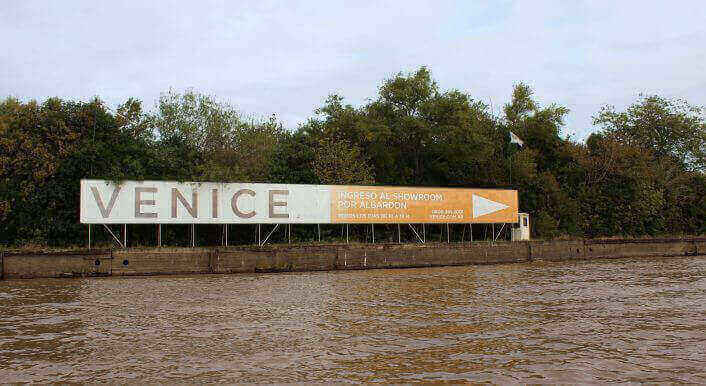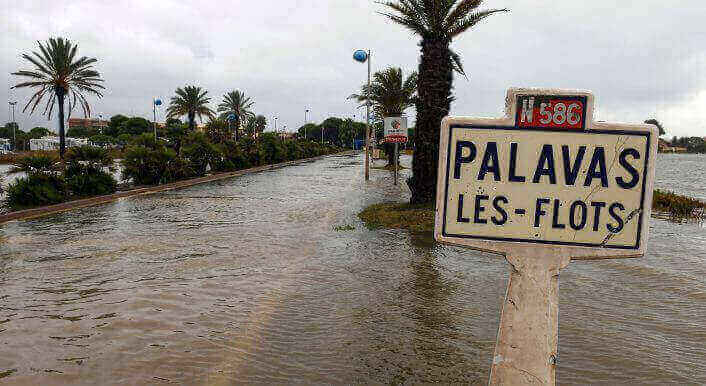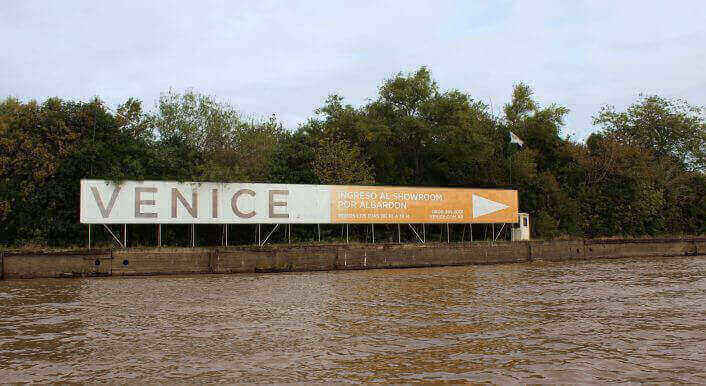A village on the edge of the world is disappearing
In the Philippines, sea level rise – relative to the height of the land – is greater than in any other region of the world, according to our data. This means that the frequent typhoons inflict even more damage, and threaten people like Pepe and Soledad Cabasag.

In the calm before a storm, fisherman Pepe Cabasag nailed boards to his old house. Made of wood and aluminium, he wanted to protect his house and himself from the approaching typhoon. Hours later, the storm arrived – whipping wind gusting through the village of Caroan. The village is in the northern Philippines, in the province of Cagayan.
Cabasag is deaf and visually impaired, so he could neither see nor hear the monstrous storm ravaging the village. But he could feel how strong the wind was when it knocked him off balance. His wife Soledad dragged him inside. The two crossed themselves and crawled into their bed, praying that the typhoon would not destroy their little house. They were praying all night. The typhoon raged for hours, with howling gusts and torrential rain smashing the picturesque village. Water leaked from the ceiling of their house, the roof in tatters.
It was windy in the morning. They crawled out of the remains of their hut, collected what they could still find, and set about repairing it.
Three typhoons hit their community every year, on average. “Sa awa ng Diyos, andito pa kami!” says Soledad: Because of the grace of God we have survived. Pepe is a fisherman in Gonzaga Cagayan, in the northeast of Luzon, the main island of the Philippines. He catches oysters to sell at the local market. The sea feeds them; providing them with fish, crabs and prawns. But now it has become an enemy.
The majority of the 40 kilometre-long coastline of the region is located on the Babuyan Sea Ridge. Nature is heavenly here. There are 139 acres of beach, 69 acres of mangrove forests and 348 acres of coral reefs. The province of Cagayan is also one of the regions most affected by monsoon rain and storms. According to the Philippine Institute of Geology, these coastal residents are constantly threatened by floods, erosions and landslides. Sometimes one typhoon is followed immediately by another. In the summer of 2015 the north of the Philippines, including the province of Cagayan, was hit by three typhoons. They brought destruction and flooding.
After every storm, the inhabitants have a Sisyphean task – they have to repair the damaged houses before another one strikes. Because they can’t relocate, they rebuild on the same bit of land where the storm tore up their house. At least, they do if the land is still there. More than ten hectares have been lost to the sea; around 100 concrete houses, nipa huts and small buildings that were standing ten years ago are no longer visible, sunk by the rising sea.
One of the lost buildings was the Brgy Caroan Elementary School, where teacher Roselyn Campano was once a student. She remembers that the school was more than a kilometre from the coast. Today its disappeared into the water. “The sea has eroded it,” says Campano. She is now teaching at another elementary school and is afraid for the youth in her village.
Campano takes pictures after every storm that hits the residential areas. She has watched an average of five houses every year get washed into the sea. “My favorite motif is the sunset. I have tears in my eyes when I think that our village will soon be eradicated from the map forever,” she says.
Gonzaga’s mayor, Marilyn Pentecostes, says, “We hope that Congress and the government will help protect our people, for example with a dam.” The rising sea level is one man-made threat. The other was shown by an American study in which scientists predicted that areas in the North of the Philippines, where magnetite and black sand are mined, will continue to sink and in 30 to 70 years will be totally submerged.
Rising seas and sinking land: The people of Cagayan face a double threat.



